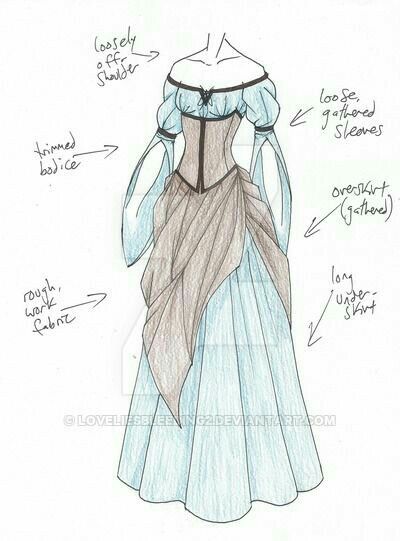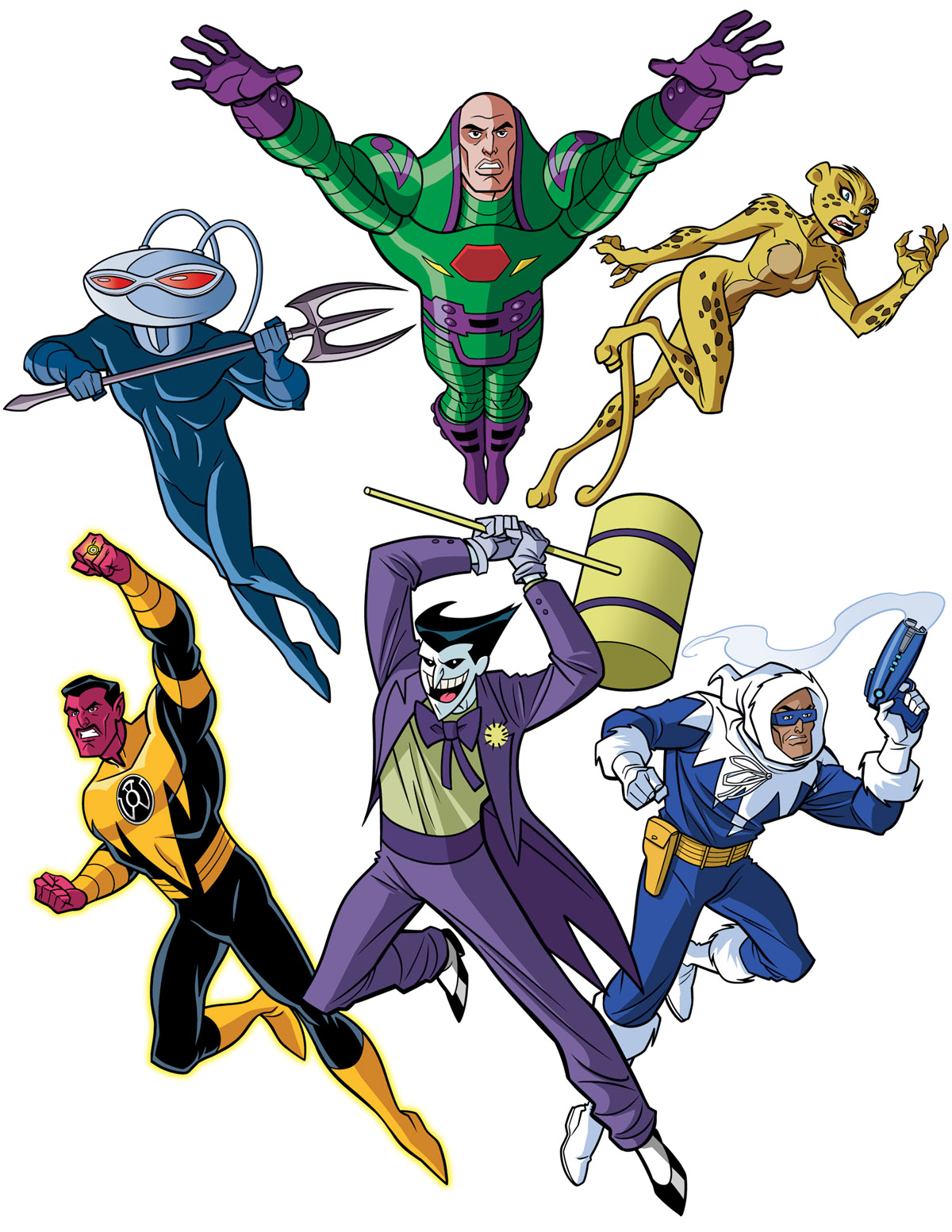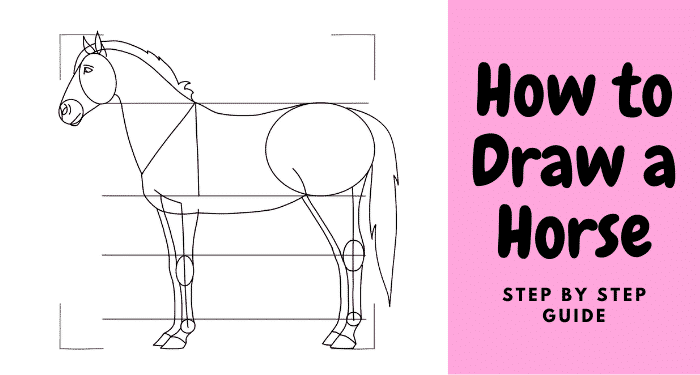Gown bocetos references roupas elfenkleid kleider paintingvalley medievais irinna loveliesbleeding2 danzoras mittelalter boceto priori mhcd
Table of Contents
Table of Contents
Are you looking to learn how to draw an old fashioned dress? Do you feel overwhelmed by the intricate designs and details of vintage fashion? Don’t worry, we’re here to help. With the right techniques and a little bit of practice, you can create stunning drawings that capture the beauty of old fashioned dresses.
When it comes to drawing old fashioned dresses, there are a few common pain points that many people encounter. These include getting the proportions and angles right, creating clean lines, and embellishing the dress with intricate details. It can be challenging to master all of these elements at once, but with patience and practice, you’ll be able to create beautiful drawings.
The first step in drawing an old fashioned dress is to choose a reference image or sketch. Look for pictures or drawings that showcase the style of dress you want to create. Once you have your reference, sketch out the basic shape and outline of the dress. Pay close attention to the proportions and angles, and don’t worry too much about the details at this stage.
Next, begin adding in the details of the dress. This might include ruffles, lace, buttons, and other embellishments. Take your time and work carefully, making sure that the lines of the dress are clean and precise. Don’t be afraid to erase and start over if something doesn’t look quite right.
In summary, to draw an old fashioned dress, you should start with a reference image, sketch out the basic shape and outline, and then add in the details. Practice makes perfect, so don’t be afraid to keep trying until you achieve the results you’re looking for.
How to Draw an Old Fashioned Dress: Tips and Techniques
When I first started learning how to draw old fashioned dresses, I struggled with getting the proportions and angles just right. It took me a while to understand where to place the waistline and how to draw the folds in the fabric. But with practice and lots of trial and error, I was able to develop some useful techniques that helped me to create beautiful drawings.
One of my favorite tips is to use tracing paper to create a base sketch of the dress before moving on to the final drawing. This allows you to experiment with different proportions and details without committing to a final drawing. You can also use rulers and other tools to ensure that your lines are clean and precise.
 Another technique that I’ve found helpful is to practice drawing the same dress from different angles. This helps you to understand how the dress would look if the wearer is moving or if it’s viewed from a different vantage point. It also helps you to get comfortable with drawing the details of the dress, such as the folds and embellishments, from different perspectives.
Another technique that I’ve found helpful is to practice drawing the same dress from different angles. This helps you to understand how the dress would look if the wearer is moving or if it’s viewed from a different vantage point. It also helps you to get comfortable with drawing the details of the dress, such as the folds and embellishments, from different perspectives.
Drawing Vintage Dresses: Inspiration and Ideas
When I’m feeling stuck or uninspired in my drawing practice, I like to look for inspiration in vintage fashion books and magazines. I love the intricate details and designs of old fashioned dresses, and I find that the more I study and observe these details, the more confident I become in my own drawing abilities.
 Another great source of inspiration is Instagram and other social media platforms. There are many talented artists who specialize in drawing old fashioned dresses, and looking at their work can give you ideas and insights into how to approach your own drawings.
Another great source of inspiration is Instagram and other social media platforms. There are many talented artists who specialize in drawing old fashioned dresses, and looking at their work can give you ideas and insights into how to approach your own drawings.
Tips for Adding Details to Your Drawing
One of the most important aspects of drawing an old fashioned dress is getting the details right. Whether it’s the lace on the sleeves or the buttons down the back, these details can make or break your drawing. One technique that I’ve found helpful is to break down the details into smaller, more manageable areas.
For example, if you’re drawing a ruffled skirt, focus on drawing each individual ruffle one at a time. Use reference images to get a sense of how the fabric should fall and how the ruffles should be spaced. This will help you to create a more convincing and realistic effect.
Avoiding Common Mistakes When Drawing Old Fashioned Dresses
One of the most common mistakes that beginners make when drawing old fashioned dresses is getting the proportions wrong. It can be challenging to understand how the waistline and hips should be positioned, especially if you’re drawing from imagination rather than a reference image. To avoid this mistake, always double check your proportions against a reference image or sketch.
Another mistake that some people make is over-embellishing the dress. While it’s important to include the details that make the dress unique, too many embellishments can make the drawing seem cluttered and overwhelming. Try to find a balance between adding enough details to make the dress interesting and unique, while still maintaining a clear and streamlined drawing.
Question and Answer
Q: Can I add my own personal touches to my old fashioned dress drawing?
A: Absolutely! While it’s important to use reference images and sketches to guide your drawing, you can also add your own unique touches and flourishes. In fact, this is what makes each drawing special and unique.
Q: Can I draw an old fashioned dress without any prior drawing experience?
A: Yes, you can! While it might take time and practice to get to the level of skill you want, anyone can learn how to draw an old fashioned dress with the right techniques and lots of practice.
Q: Are there specific materials or tools that I should use when drawing an old fashioned dress?
A: While you can draw an old fashioned dress with any materials, some tools might be more helpful than others. For example, using a range of pencils in different hardnesses can help you create a range of effects, from light and delicate to bold and dramatic. You might also find that using tracing paper or rulers helps you to create cleaner and more precise lines.
Q: How can I make my old fashioned dress look more realistic?
A: There are a few techniques you can use to make your old fashioned dress look more realistic. One is to pay close attention to the fabric and how it falls or drapes on the body. Use reference images to get a sense of how the fabric should look and feel. You can also add shading and other details to create depth and dimension in your drawing.
Conclusion of How to Draw an Old Fashioned Dress
Drawing an old fashioned dress can be a challenging but rewarding experience. With the right techniques and plenty of practice, anyone can learn to create stunning drawings that capture the beauty and elegance of vintage fashion. Whether you’re a beginner or an experienced artist, I hope that these tips and techniques have given you the inspiration and guidance you need to take your drawing skills to the next level.
Gallery
Gown Drawing Reference

Photo Credit by: bing.com / gown bocetos references roupas elfenkleid kleider paintingvalley medievais irinna loveliesbleeding2 danzoras mittelalter boceto priori mhcd
Demi Patterns | Dress Design Drawing, Dress Design Sketches, Fashion

Photo Credit by: bing.com / trulyvictorian 1860s demi paintingvalley thejagielskifamily ballgown brautkleid
How To Draw Old Fashioned Dress. - YouTube

Photo Credit by: bing.com / dress old draw
Jennelise: Drawing Dresses
Photo Credit by: bing.com / maniquies coloring mamietitine laminas melo meli jennelise corsets bordar patrones coloriages digi affiches mannequin adulte leerlo láminas выбрать доску swojej
Jennelise: Drawing Dresses
Photo Credit by: bing.com / drawing dresses dress jennelise fashion pm posted jenneliserose outfits choose board






